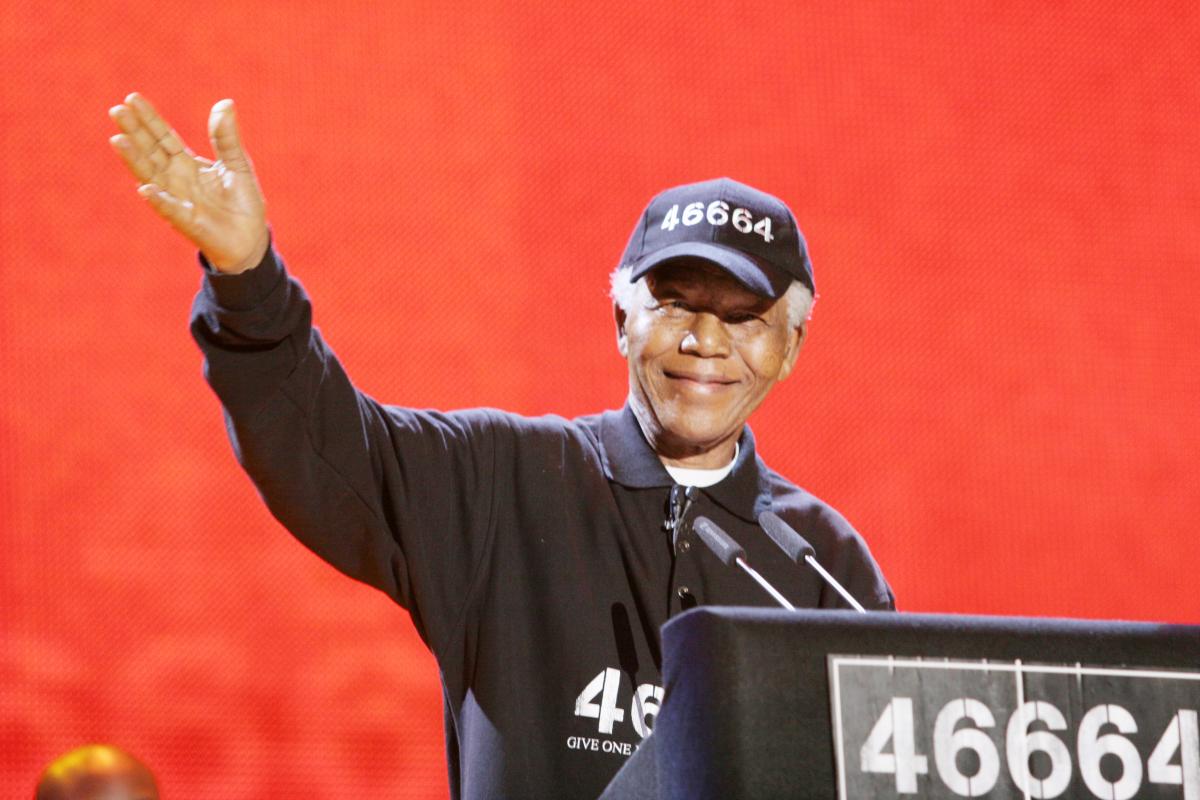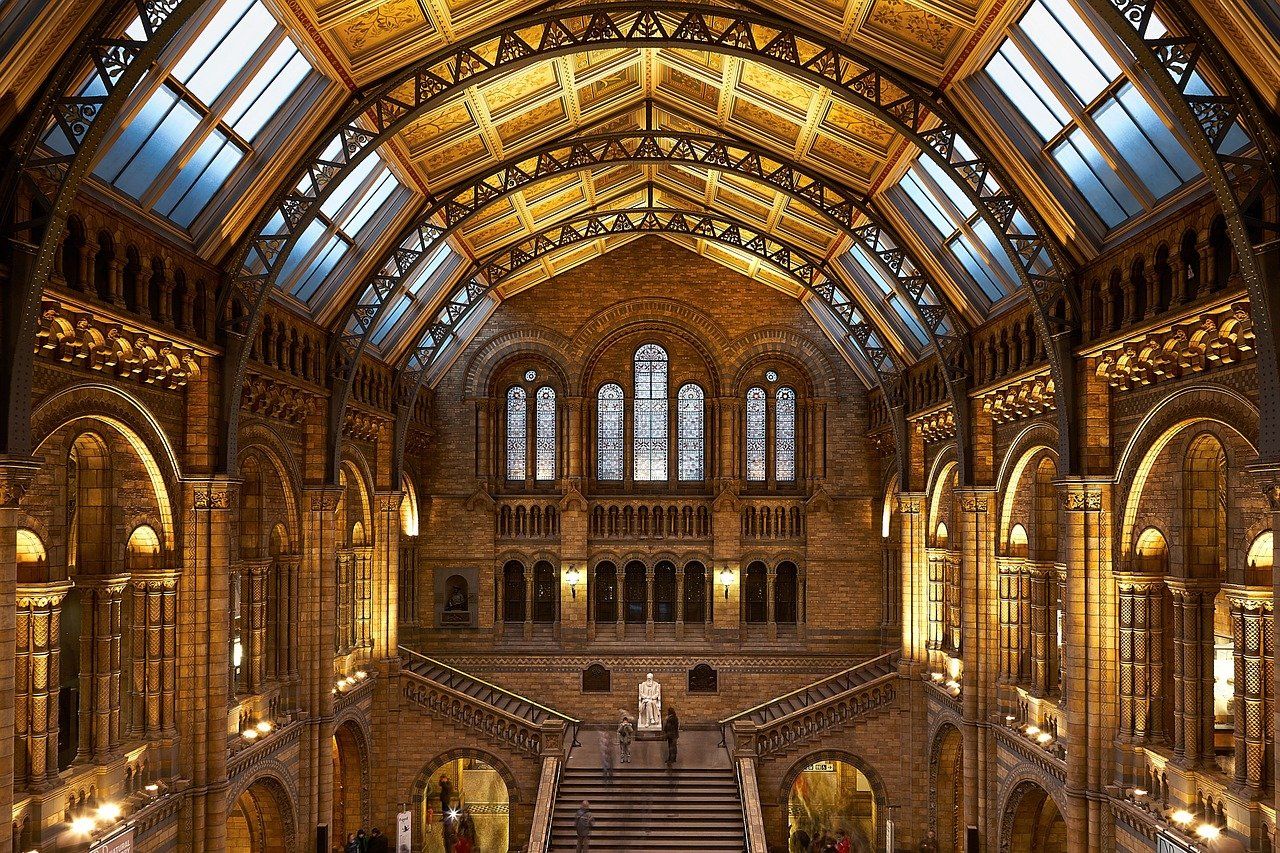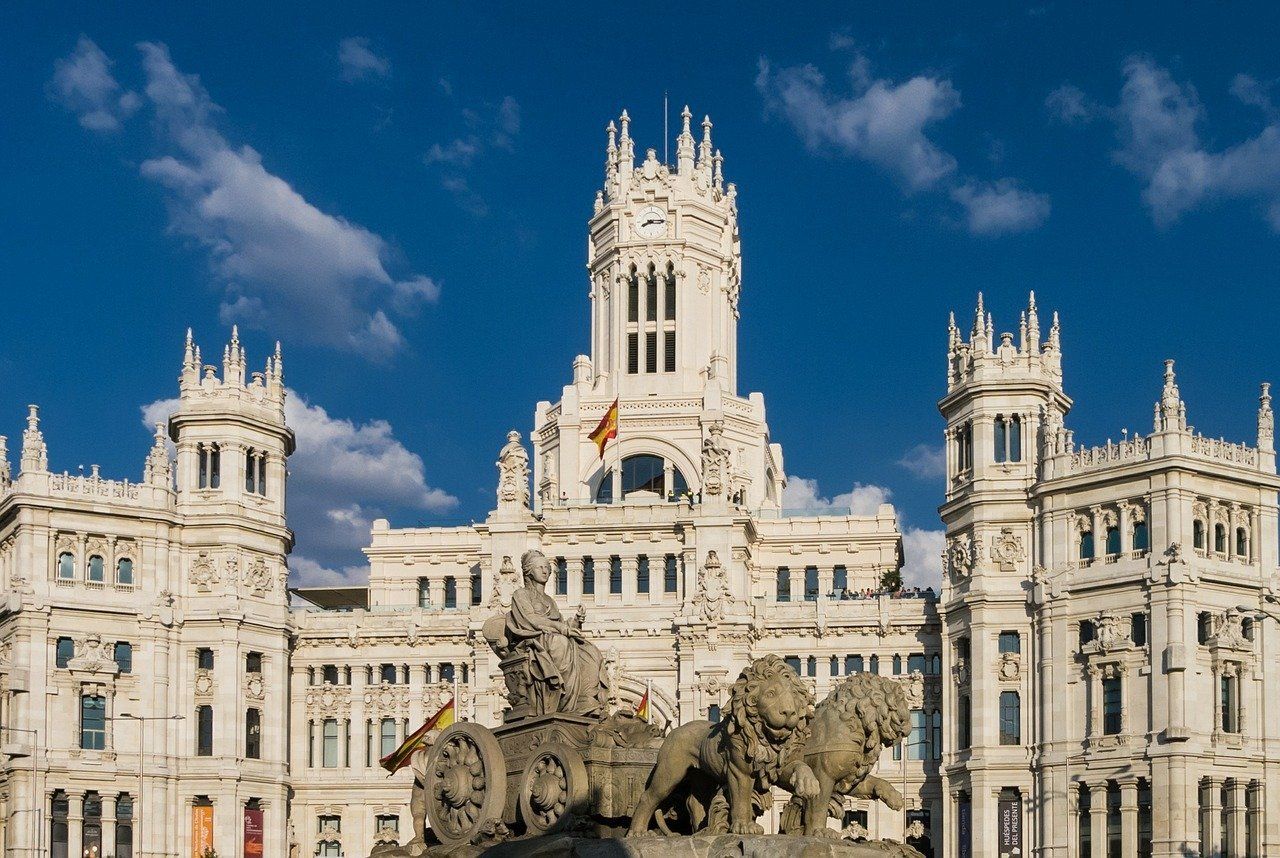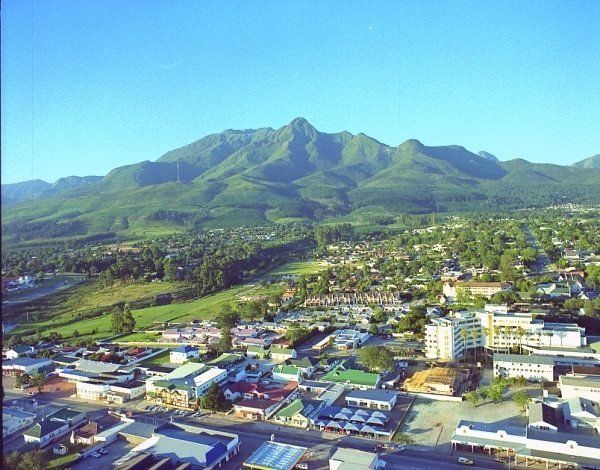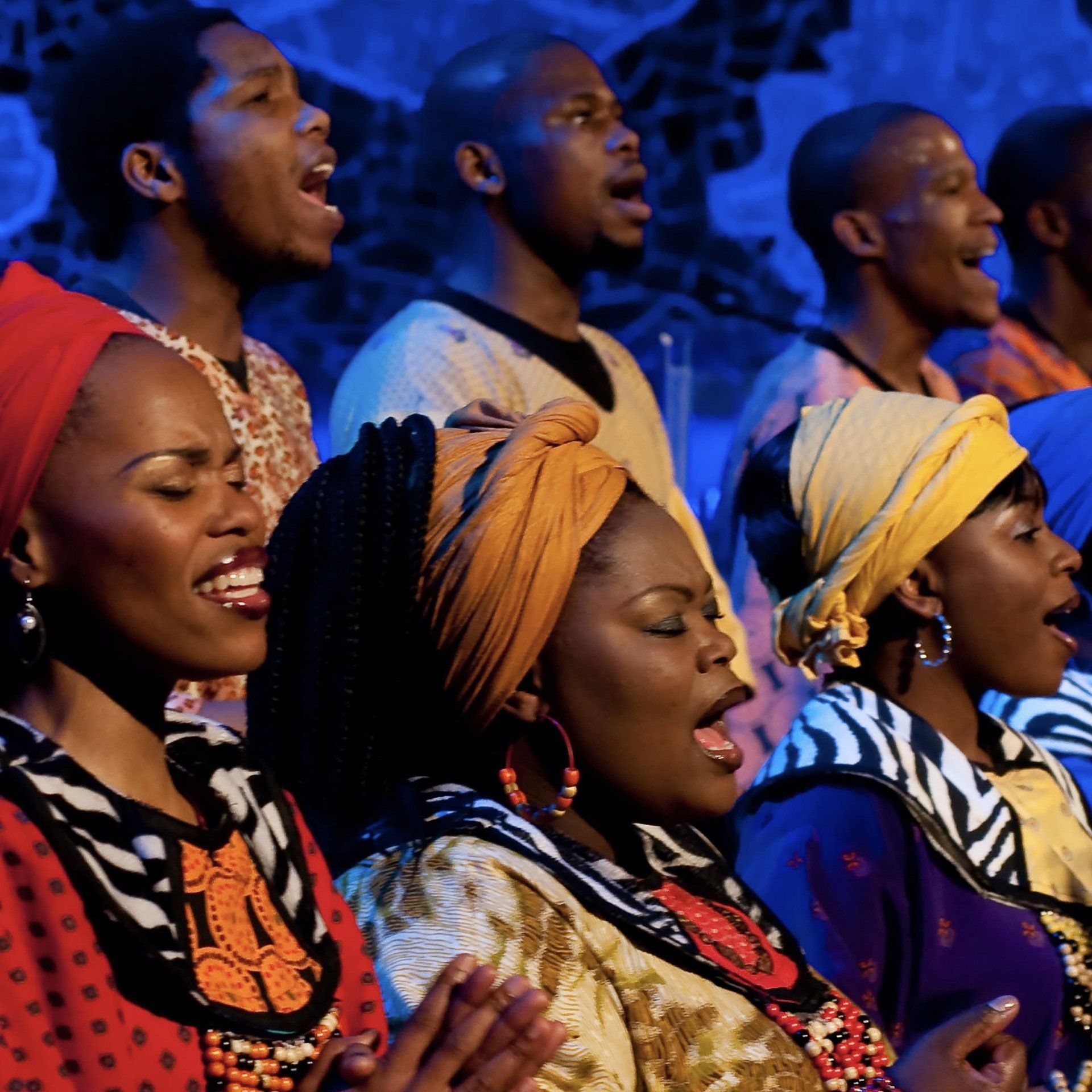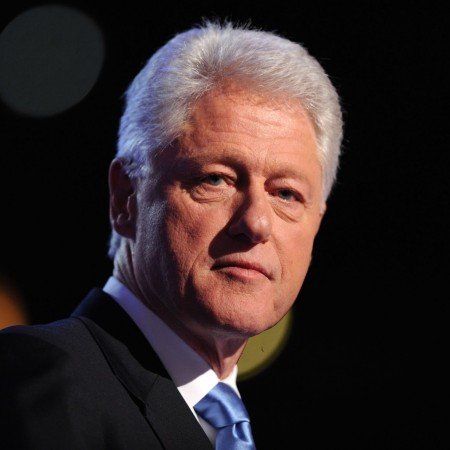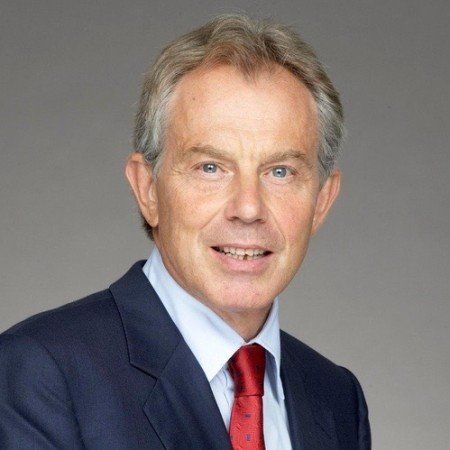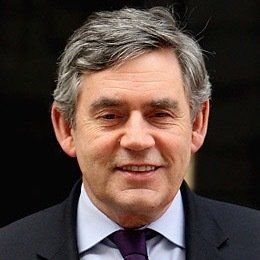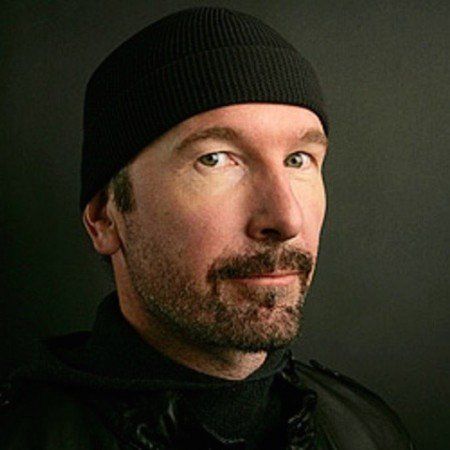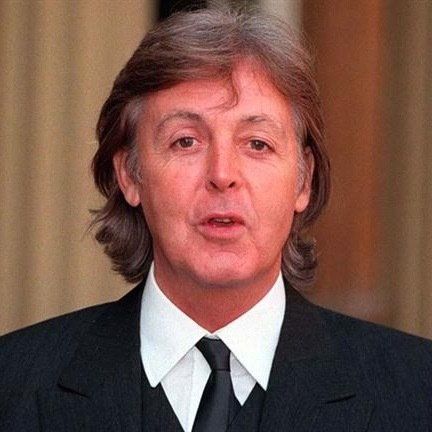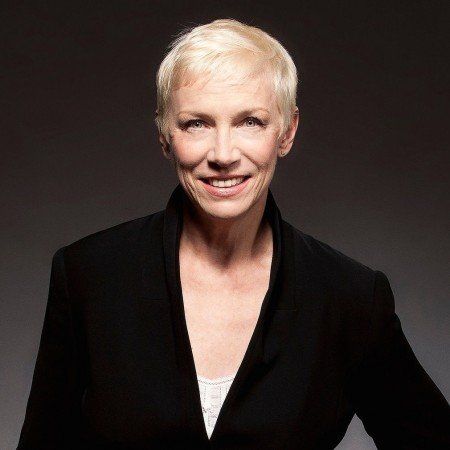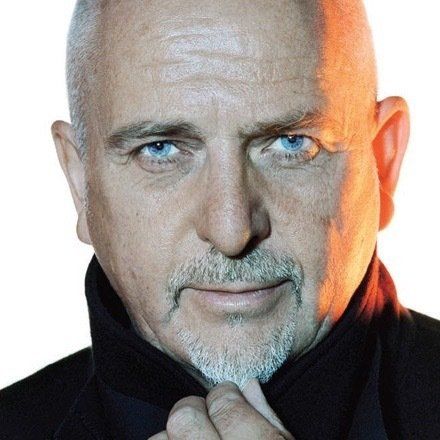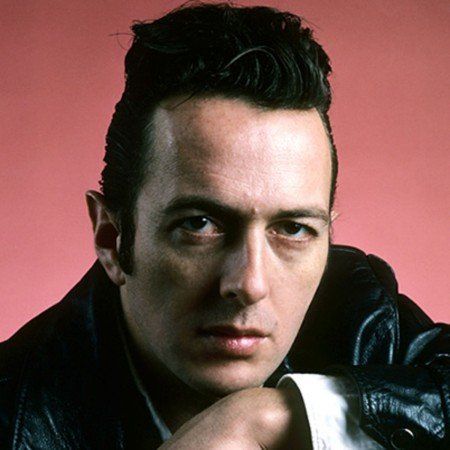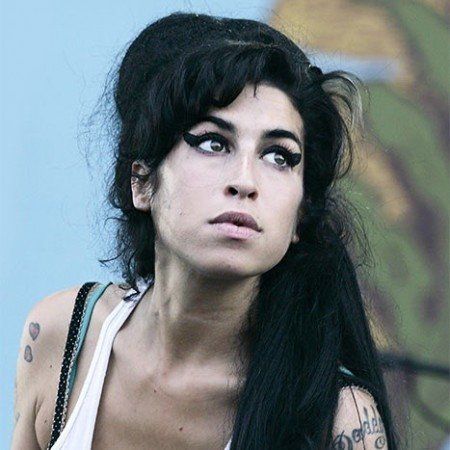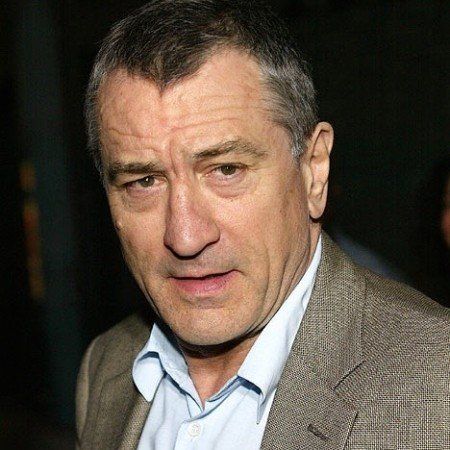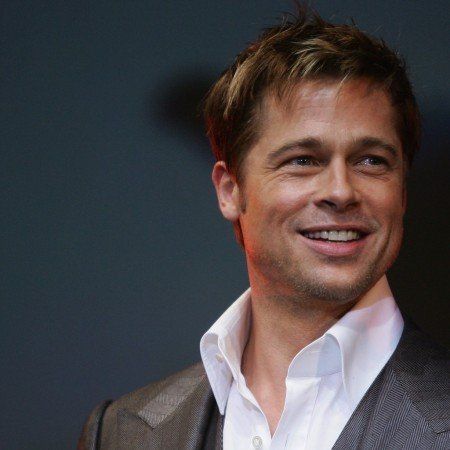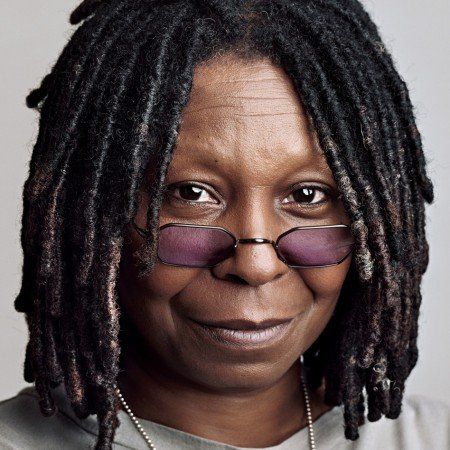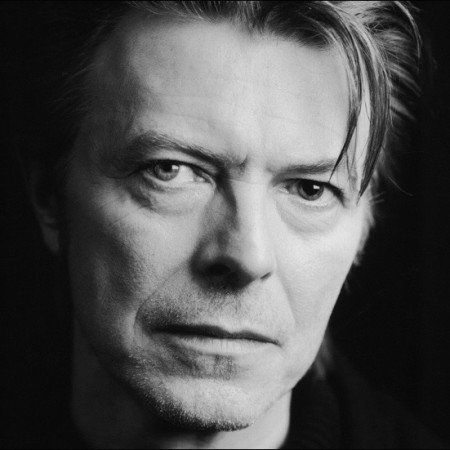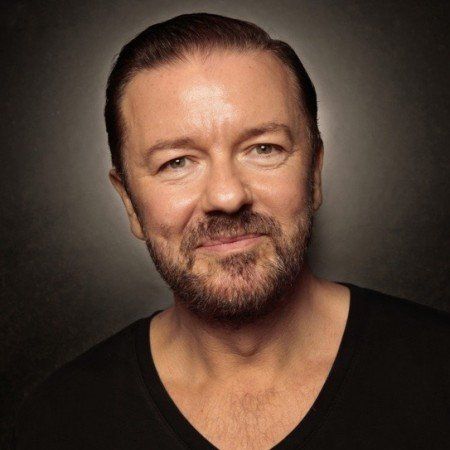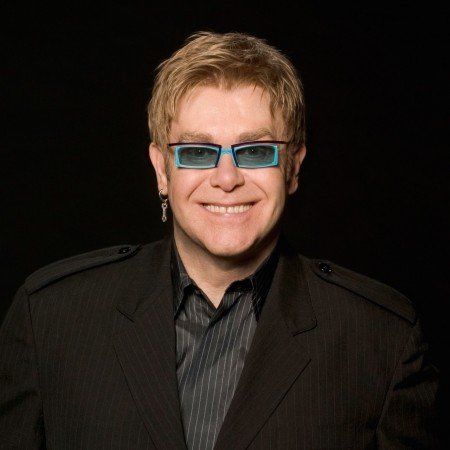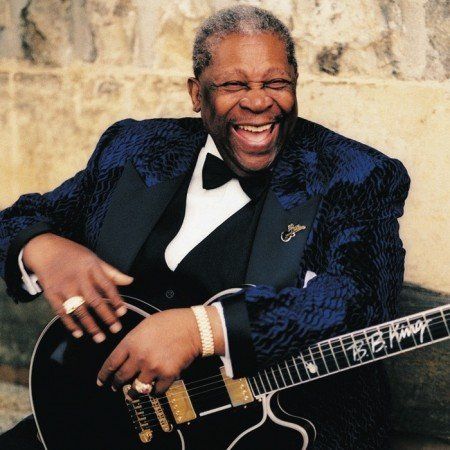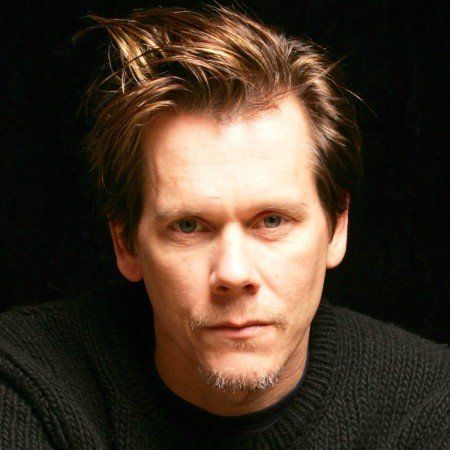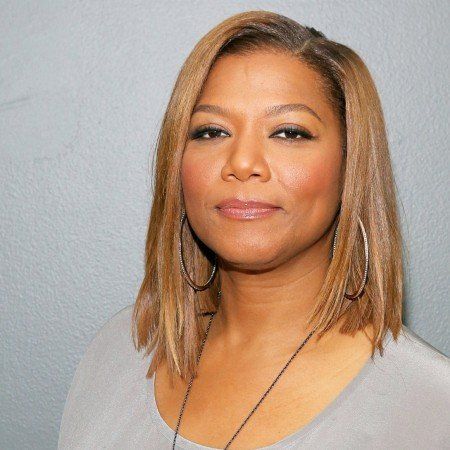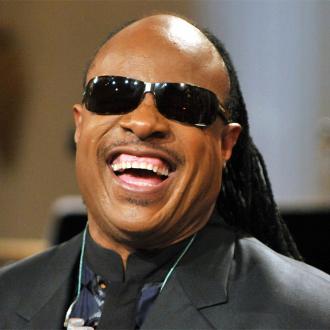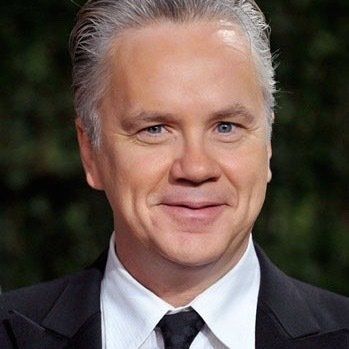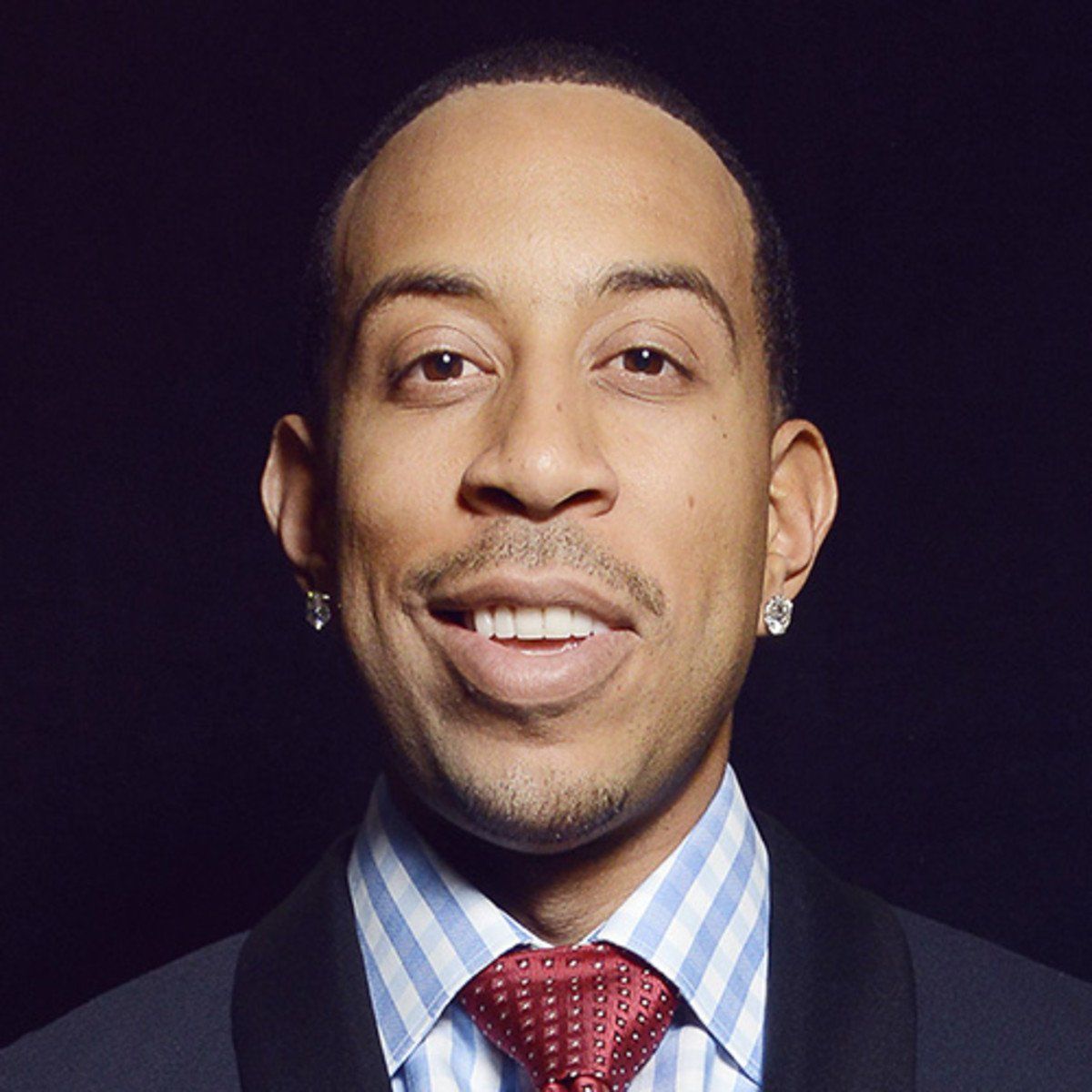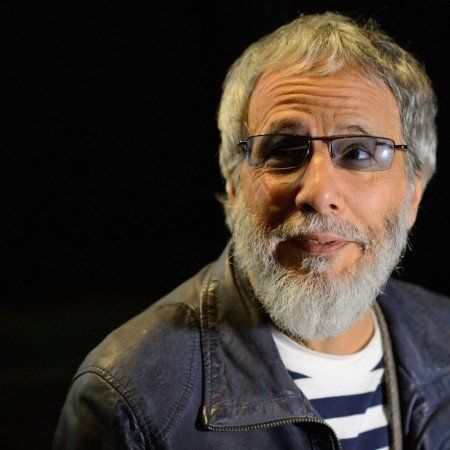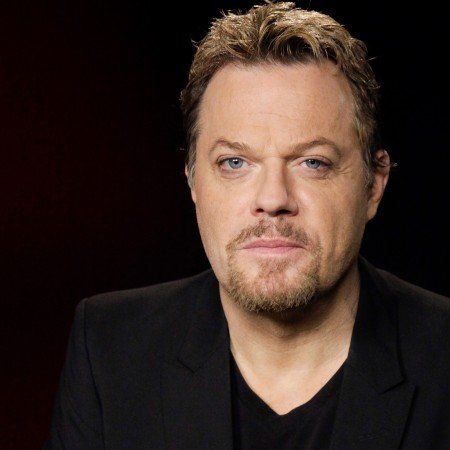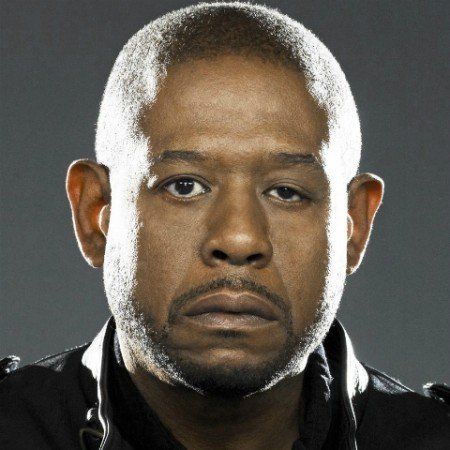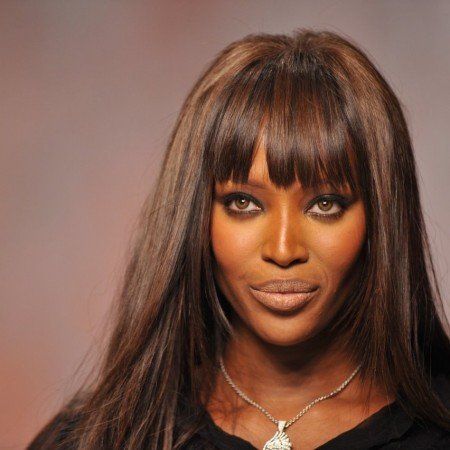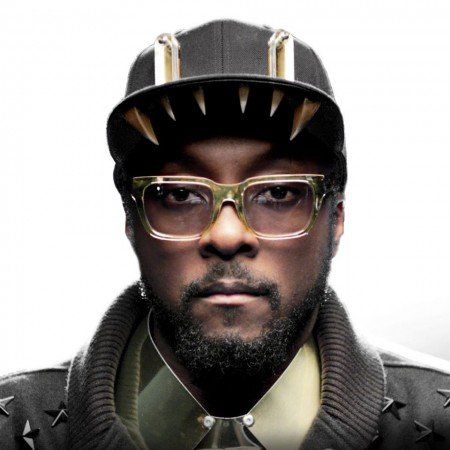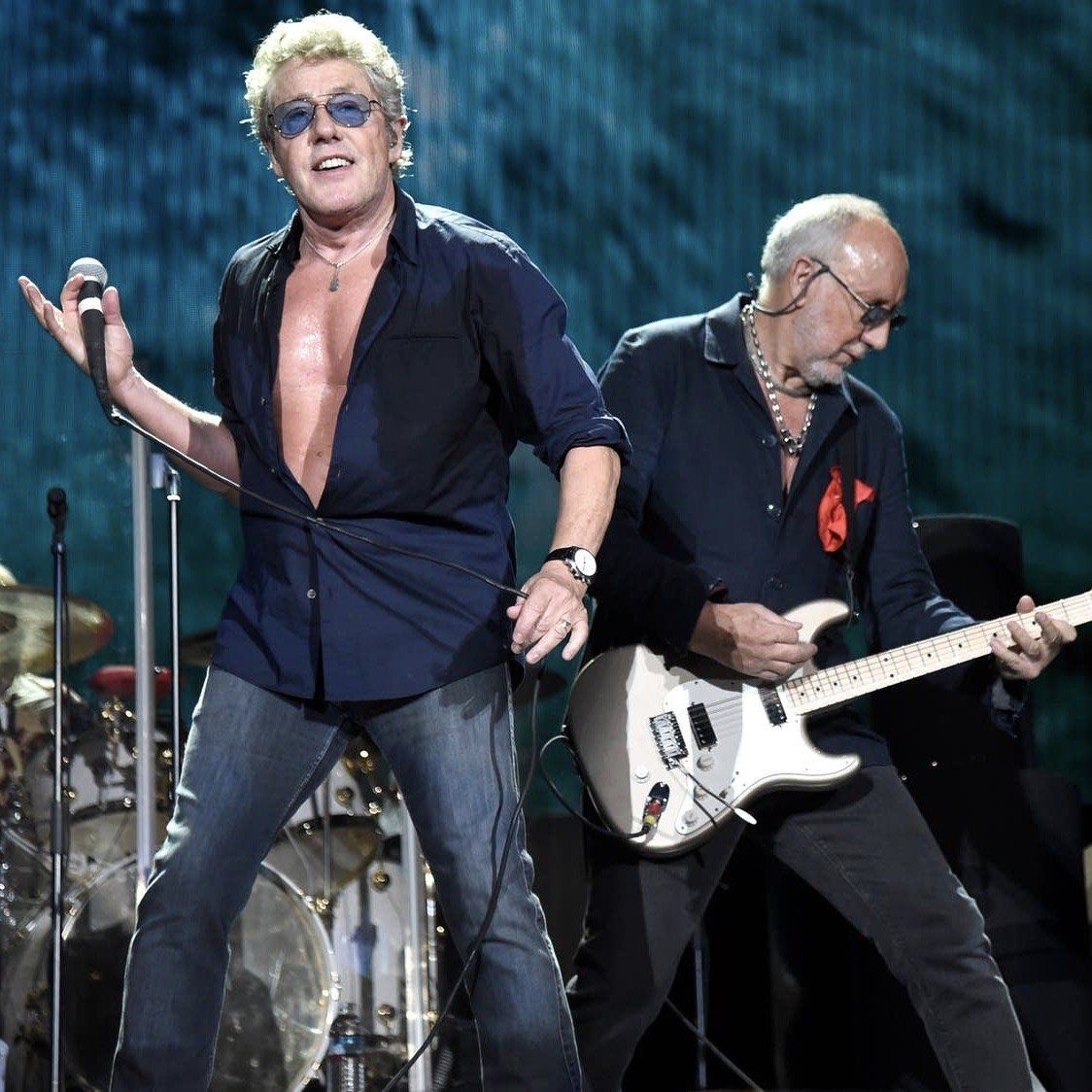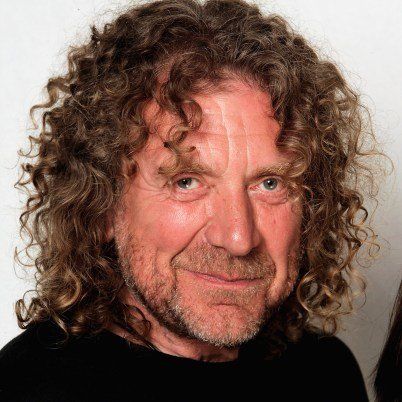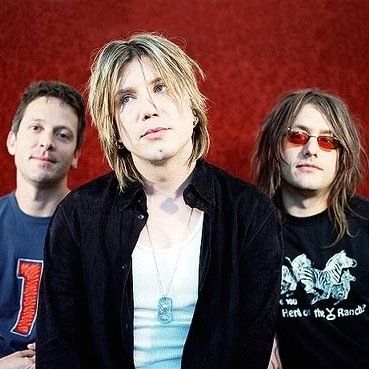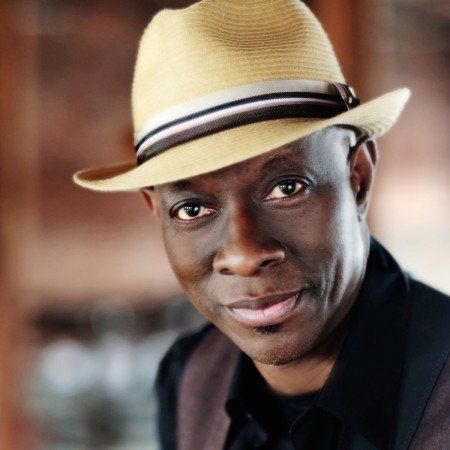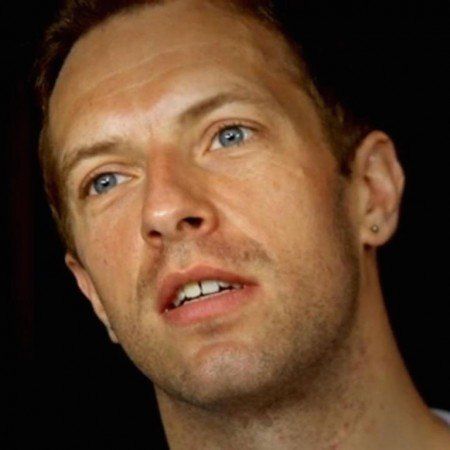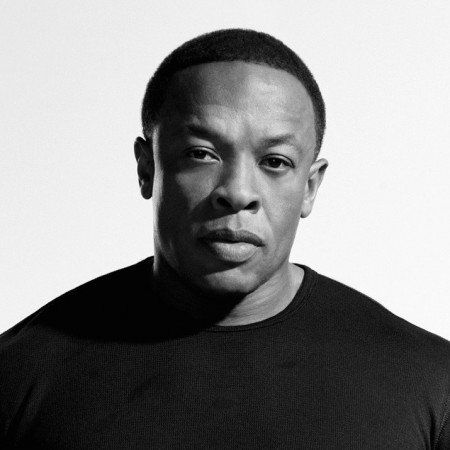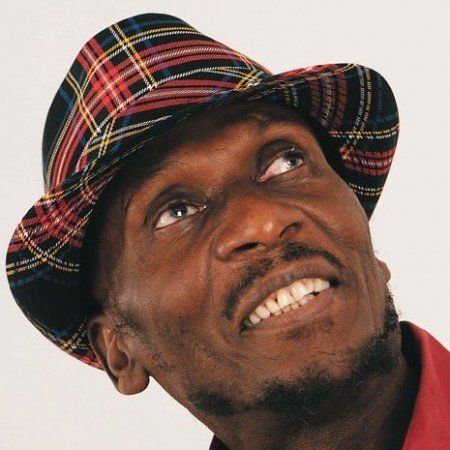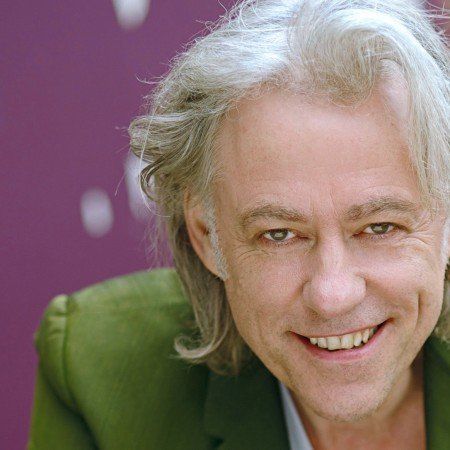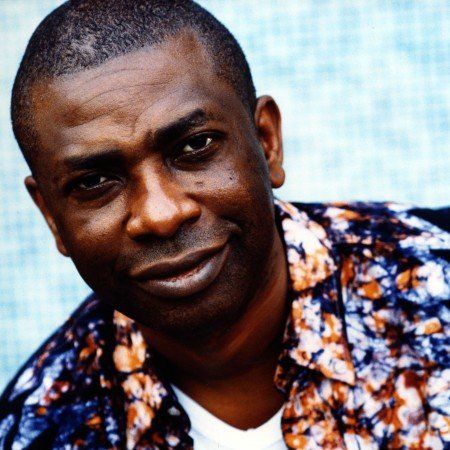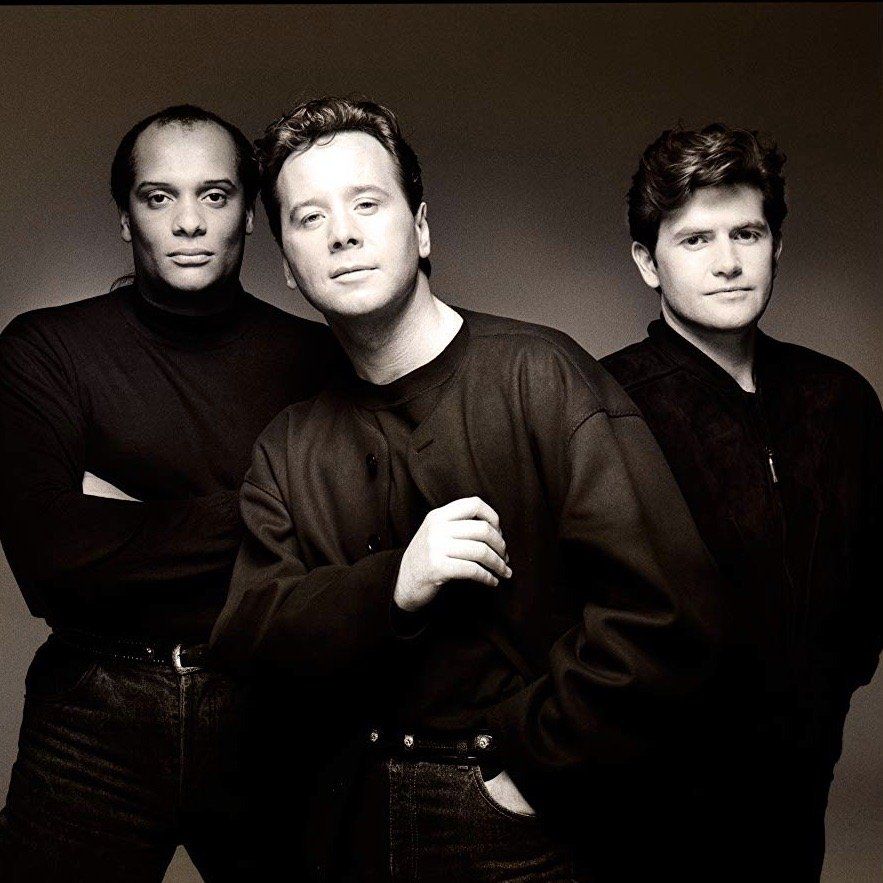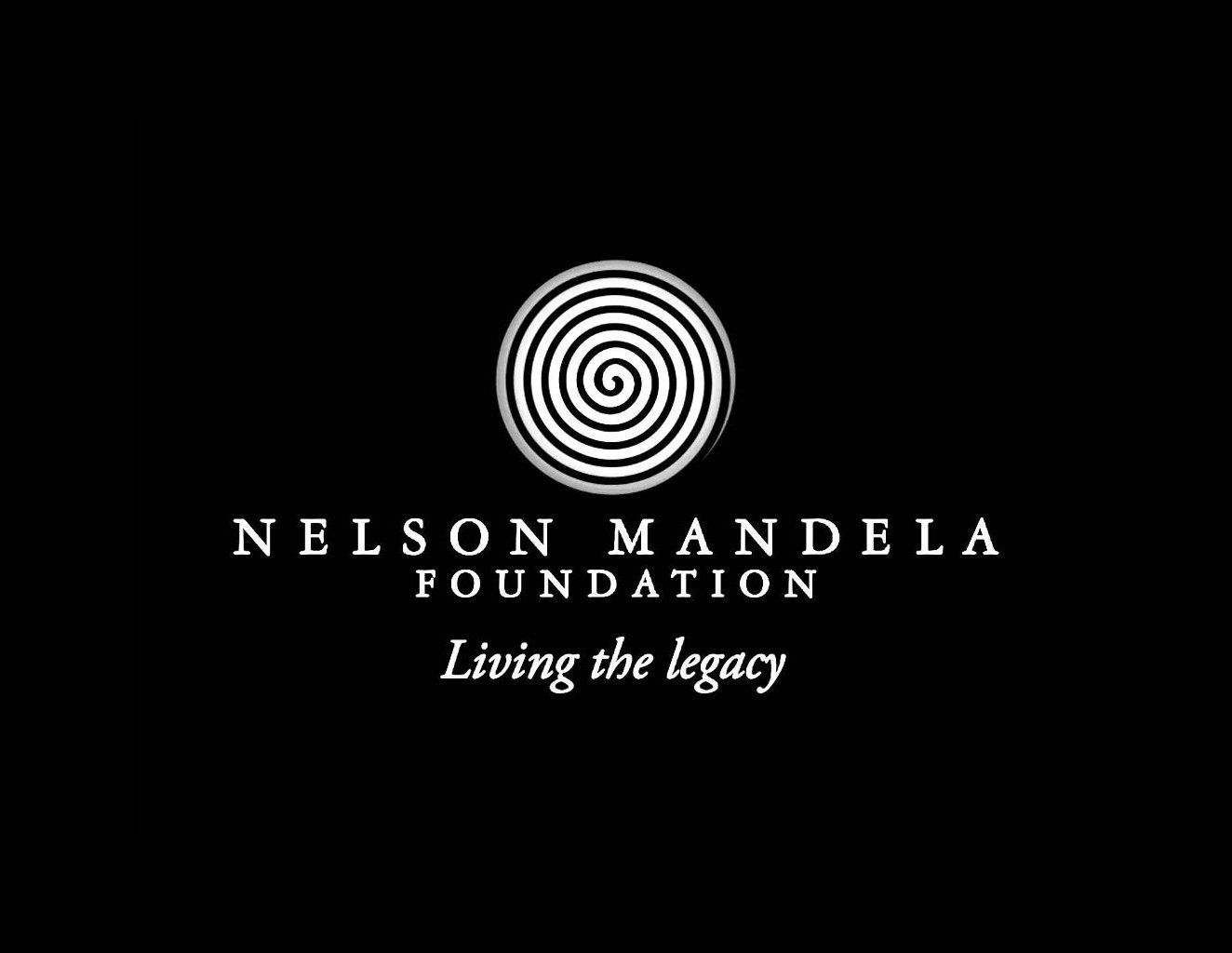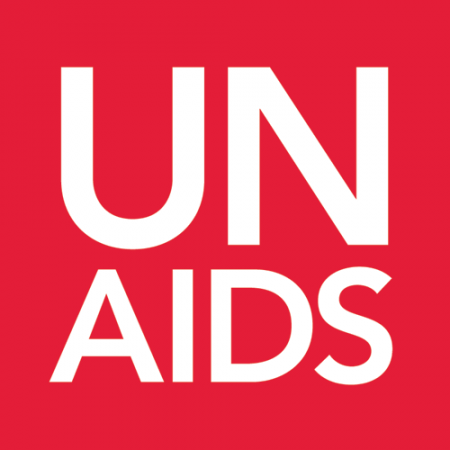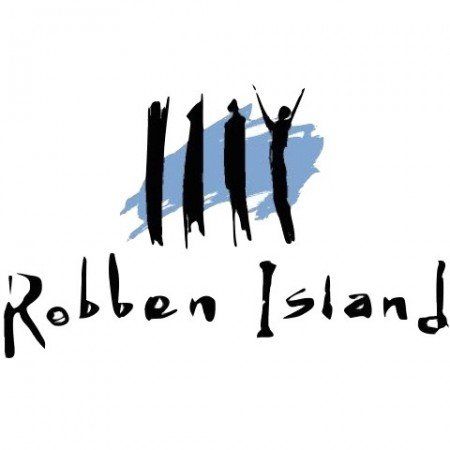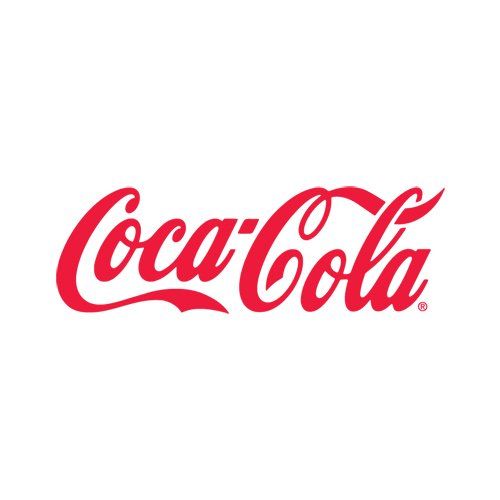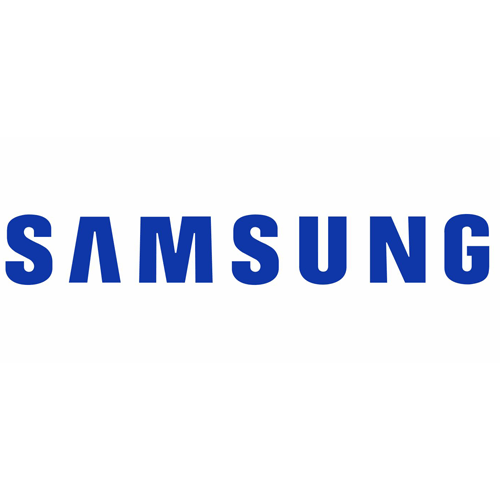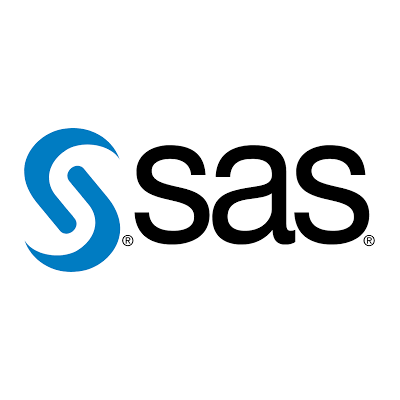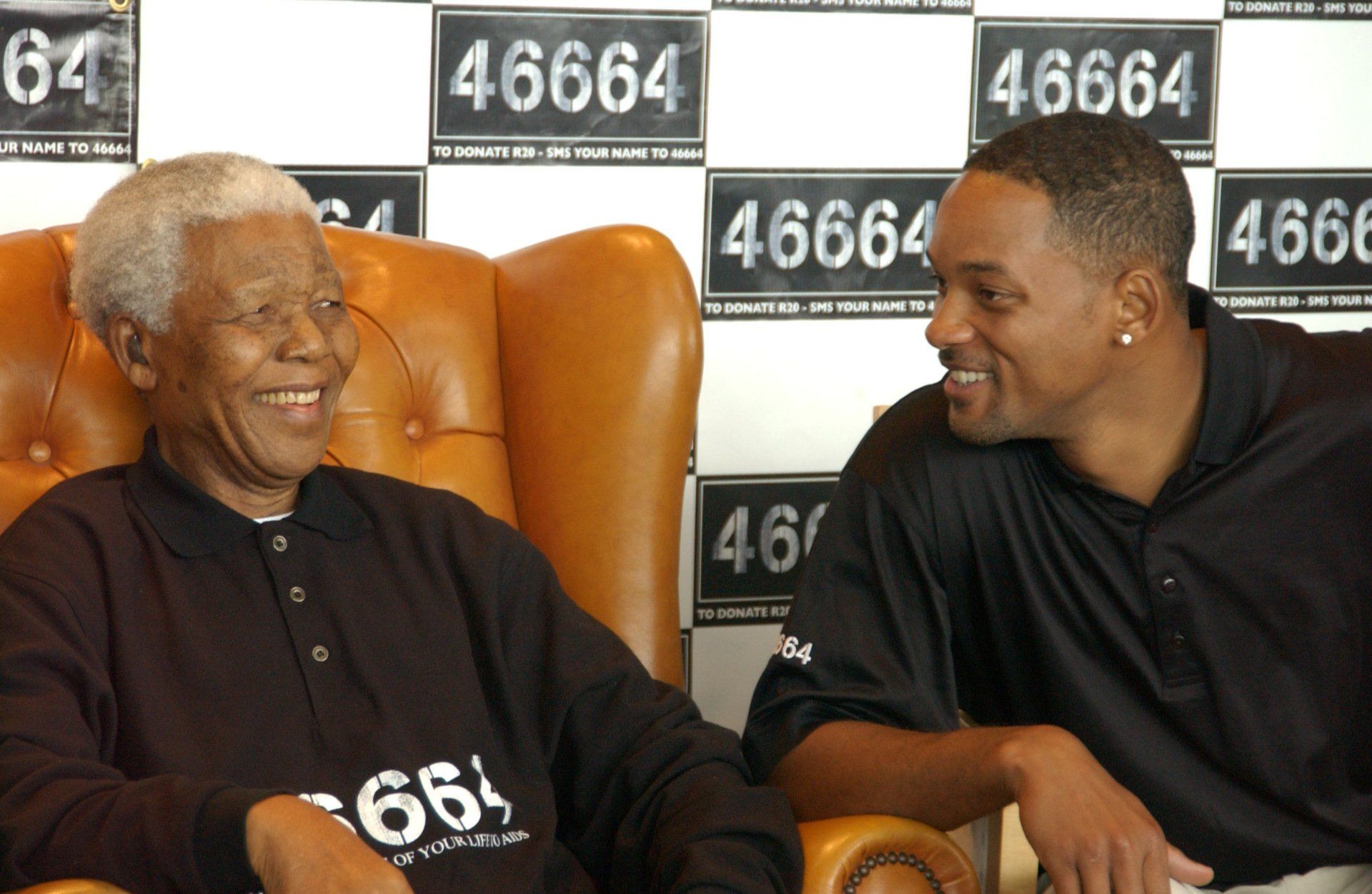
Slide title
Nelson Mandela and Will Smith
Button

Slide title
Nelson Mandela and Will Smith
Button

Slide title
Nelson Mandela and Will Smith
Button
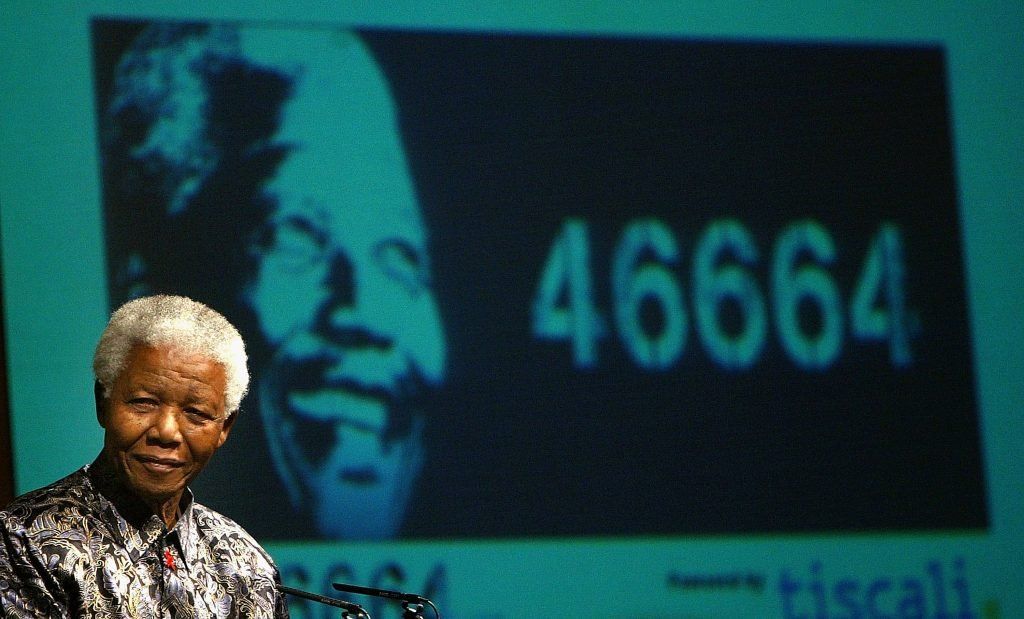
President Mandela promotes 46664 cause brand created by David Clark
ButtonSlide title
President Mandela addresses Cape Town crowd
Button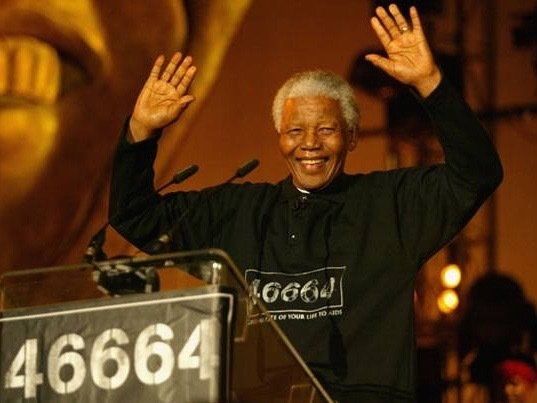
Slide title
President Mandela waves to the crowd
Button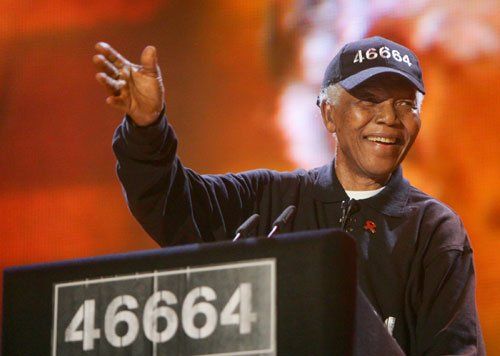
Slide title
President Mandela addresses SA crowd
Button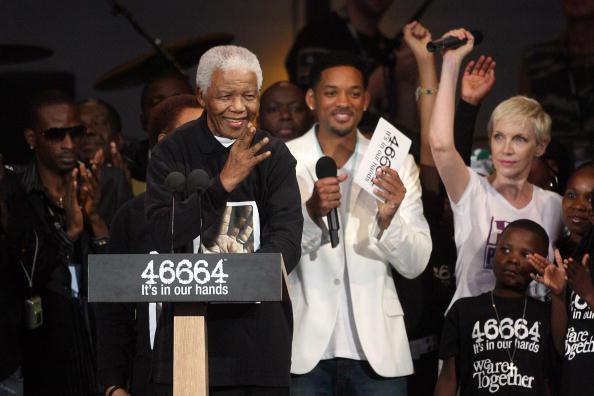
Slide title
President Mandela introduces Will Smith
Button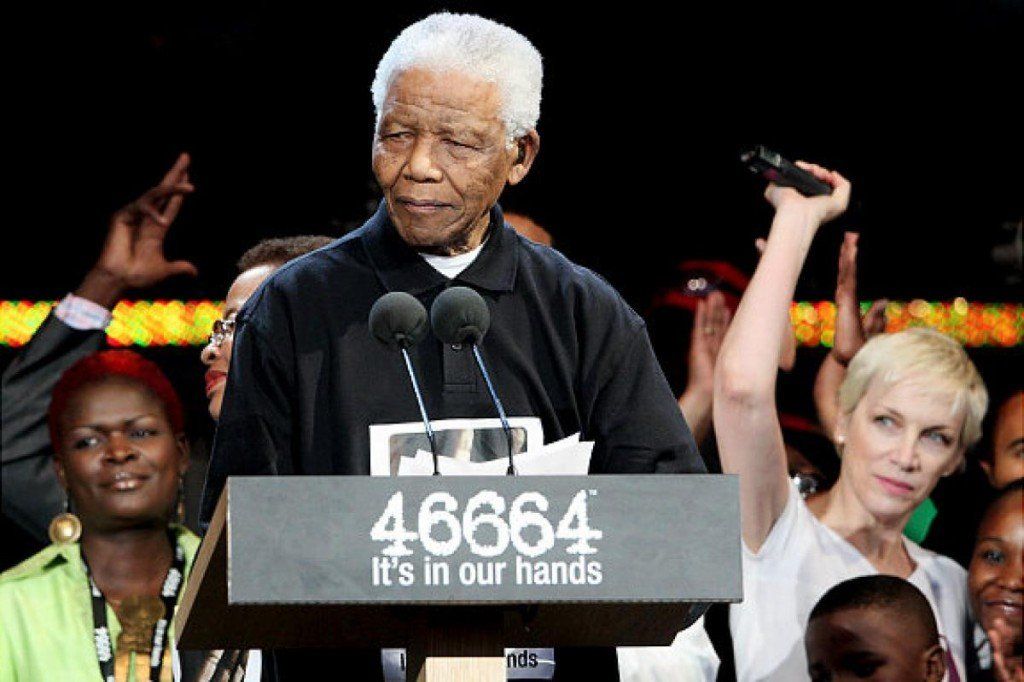
Slide title
President Mandela addresses crowd
Button

President Mandela promotes 46664 cause brand created by David Clark
ButtonSlide title
President Mandela addresses Cape Town crowd
Button
Slide title
President Mandela waves to the crowd
Button
Slide title
President Mandela addresses SA crowd
Button
Slide title
President Mandela introduces Will Smith
Button
Slide title
President Mandela addresses crowd
Button

President Mandela promotes 46664 cause brand created by David Clark
ButtonSlide title
President Mandela addresses Cape Town crowd
Button
Slide title
President Mandela waves to the crowd
Button
Slide title
President Mandela addresses SA crowd
Button
Slide title
President Mandela introduces Will Smith
Button
Slide title
President Mandela addresses crowd
Button
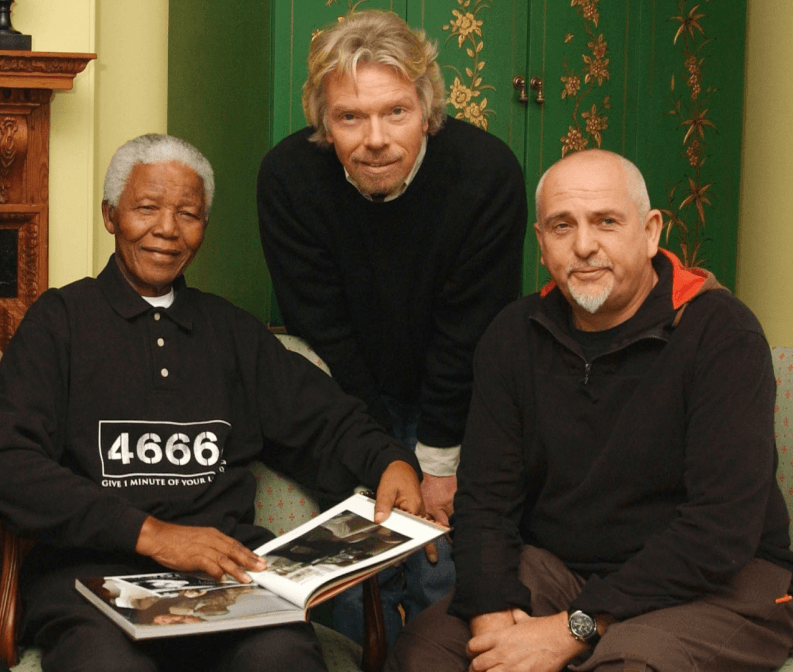
Slide title
President Mandela promotes 46664 book with Richard Branson and Peter Gabriel
Button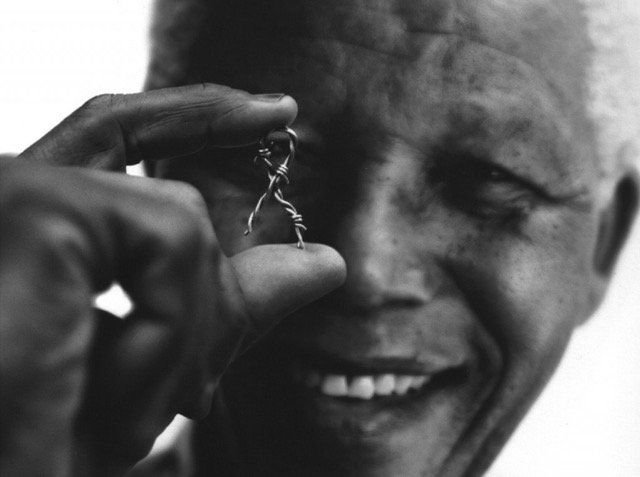
Slide title
President Mandela displays the Global Human Rights Symbol created by David Clark
Button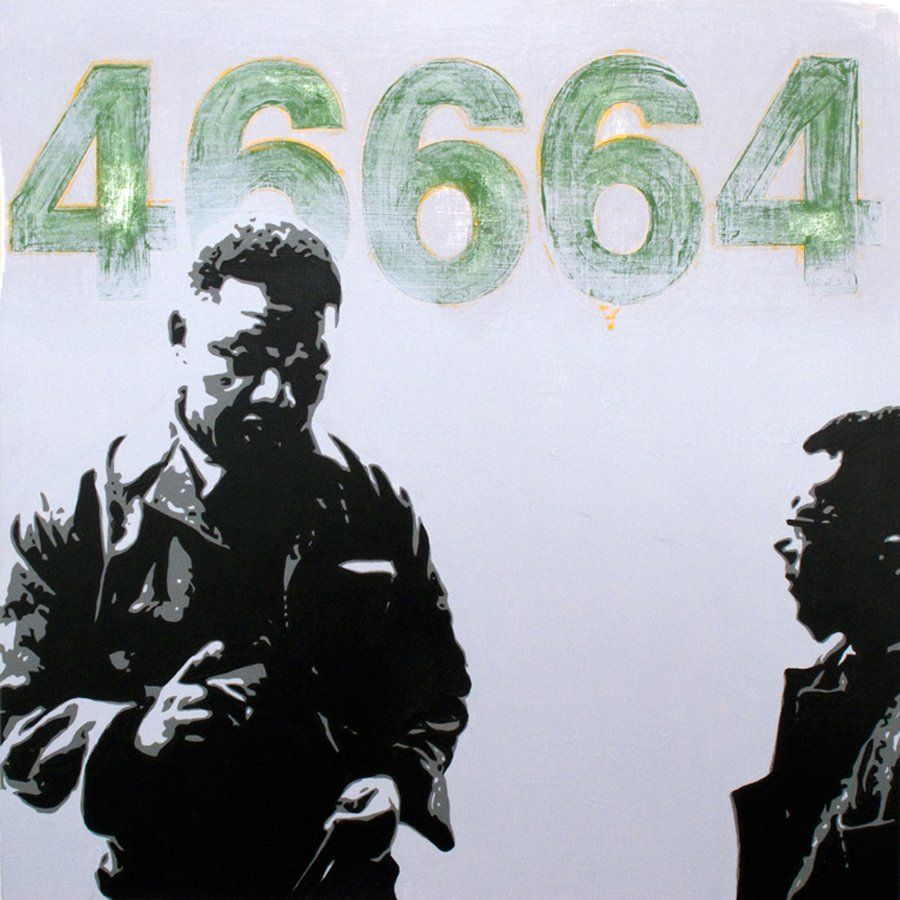
Slide title
President Mandela at Robben Island Prison
Button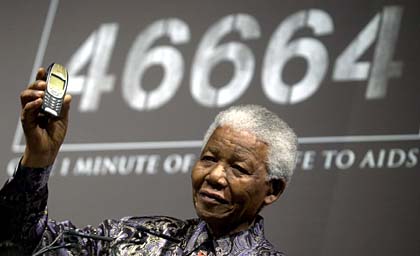
Slide title
President Mandela asks people to text donations
Button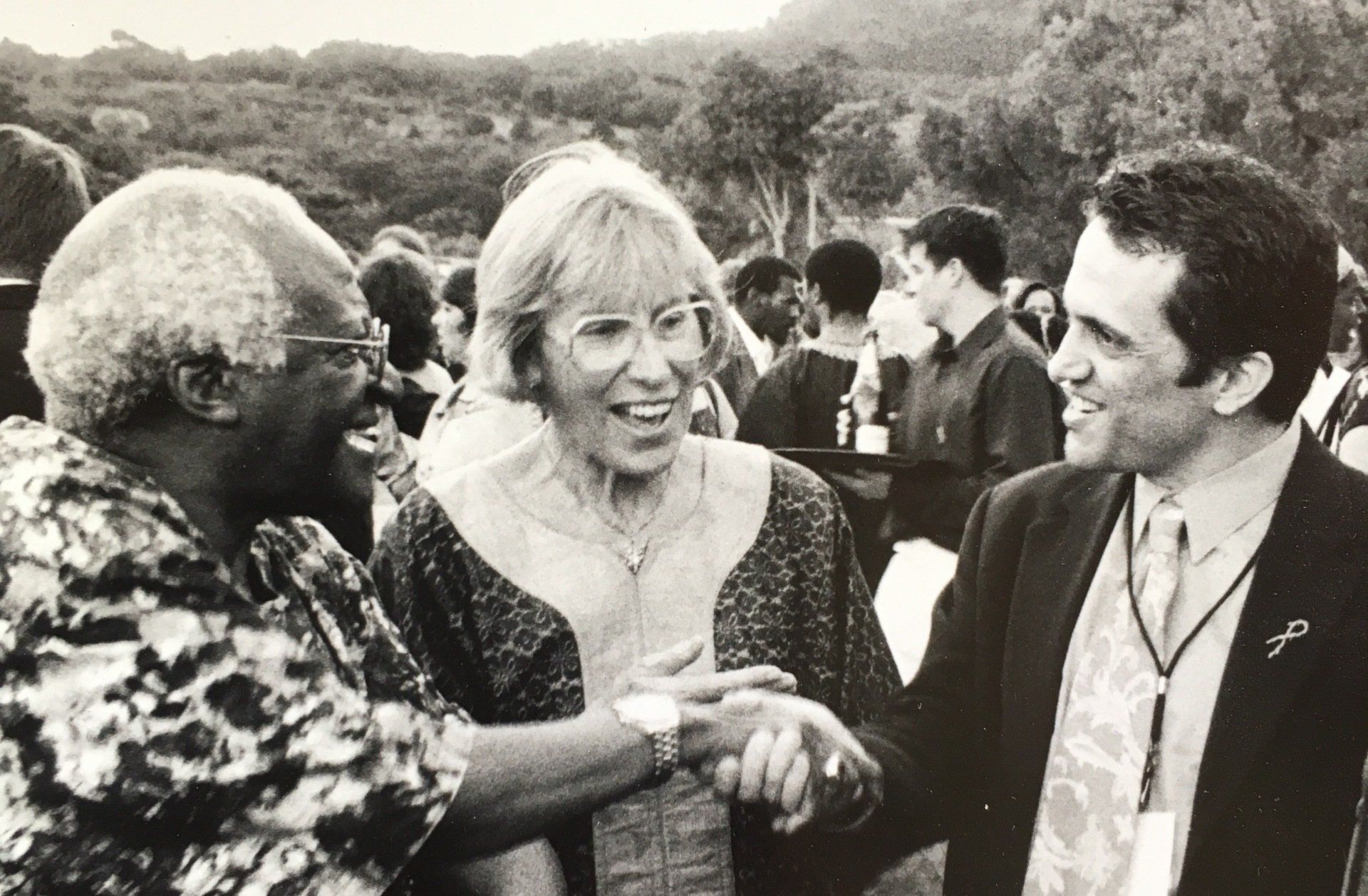
Slide title
Archbishop Desmond Tutu greets 46664 creator David Clark prior to press event with President Mandela
Button

Slide title
President Mandela promotes 46664 book with Sir Richard Branson and Peter Gabriel
Button
Slide title
President Mandela at Robben Island Prison
Button
Slide title
President Mandela asks people to text donations
Button
Slide title
Archbishop Desmond Tutu greets David Clark prior to press event with President Mandela
Button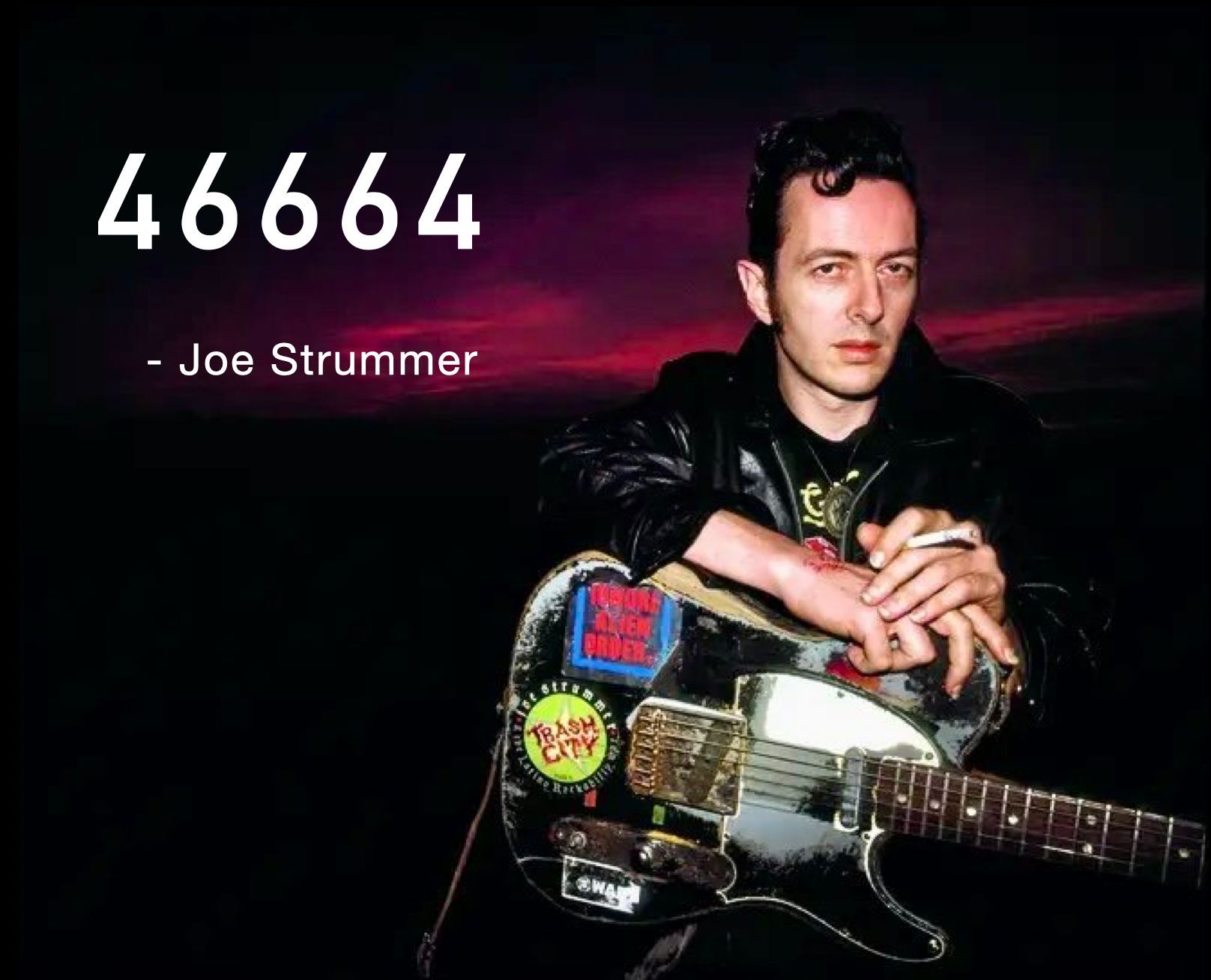
Slide title
Joe Strummer of The Clash pens lyrics for 46664 - the last song he wrote
Button

Slide title
President Mandela promotes 46664 book with Richard Branson and Peter Gabriel
Button
Slide title
President Mandela displays the Global Human Rights Symbol created by David Clark
Button
Slide title
46664 Drawing
Button
Slide title
President Mandela asks people to text donations
Button
Slide title
Archbishop Desmond Tutu greets 46664 creator David Clark prior to press event with President Mandela
Button
MANDELA TAKES THE STAGE
MANDELA TAKES THE STAGE
MANDELA TAKES THE STAGE
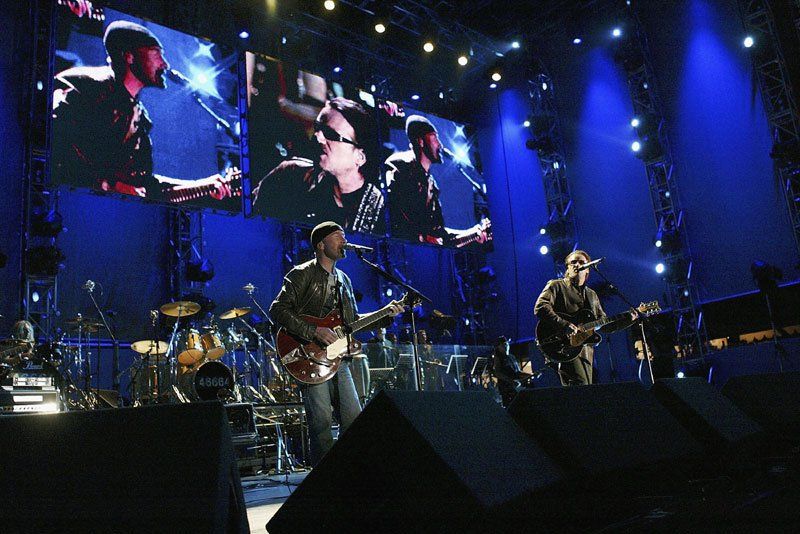
Slide title
Bono and Edge perform in SA
Button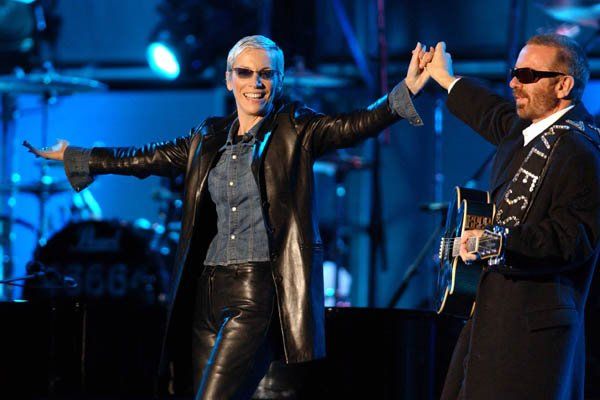
Slide title
The Eurythmics perform in SA
Button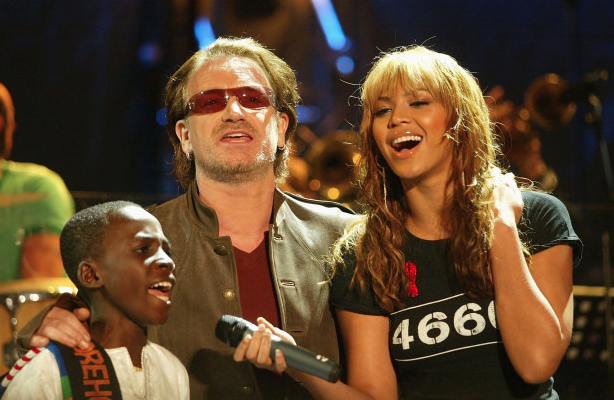
Slide title
Bono and Beyonce perform
Button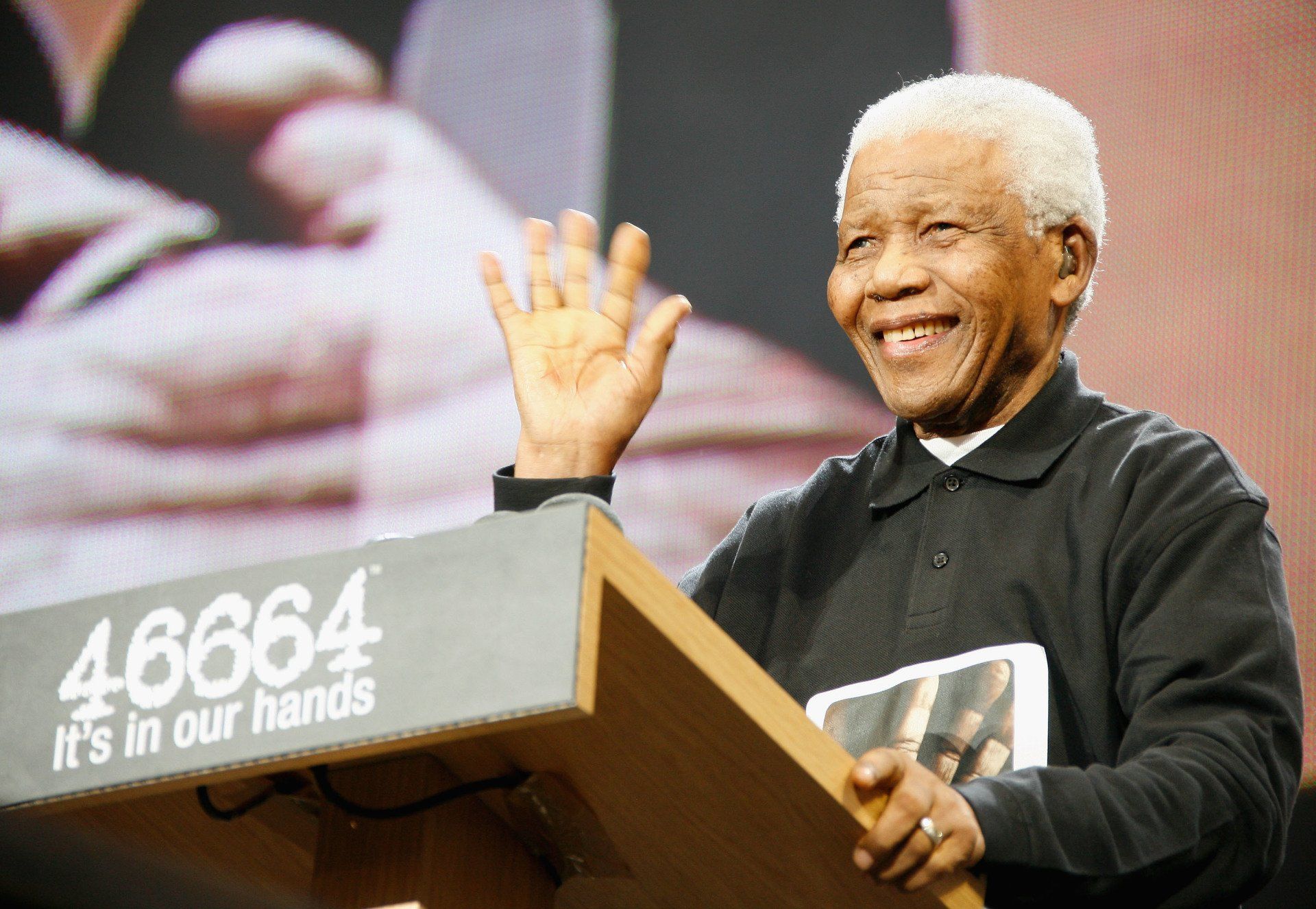
Slide title
President Mandela addresses crowd in Hyde Park
Button

Slide title
Bono and Edge perform in SA
Button
Slide title
The Eurythmics perform in SA
Button
Slide title
Bono and Beyonce perform
Button
Slide title
President Mandela addresses crowd in Hyde Park
Button

Slide title
Bono and Edge perform in SA
Button
Slide title
The Eurythmics perform in SA
Button
Slide title
Bono and Beyonce perform
Button
Slide title
President Mandela addresses crowd in Hyde Park
Button
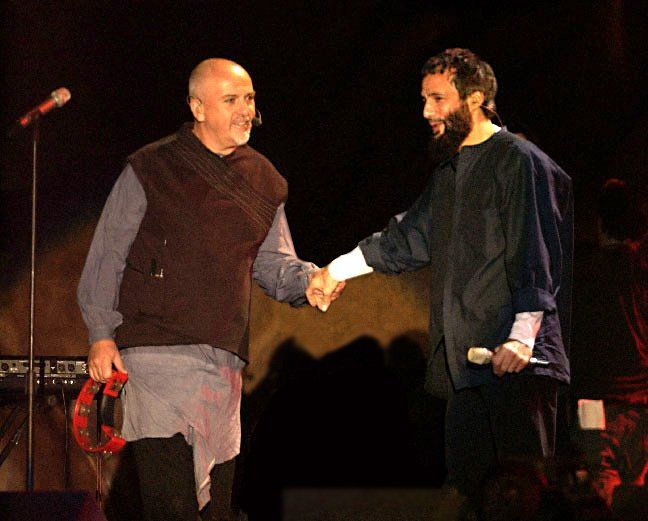
Slide title
Peter Gabriel welcomes Yusuf Islam (aka Cat Stevens) to the stage
Button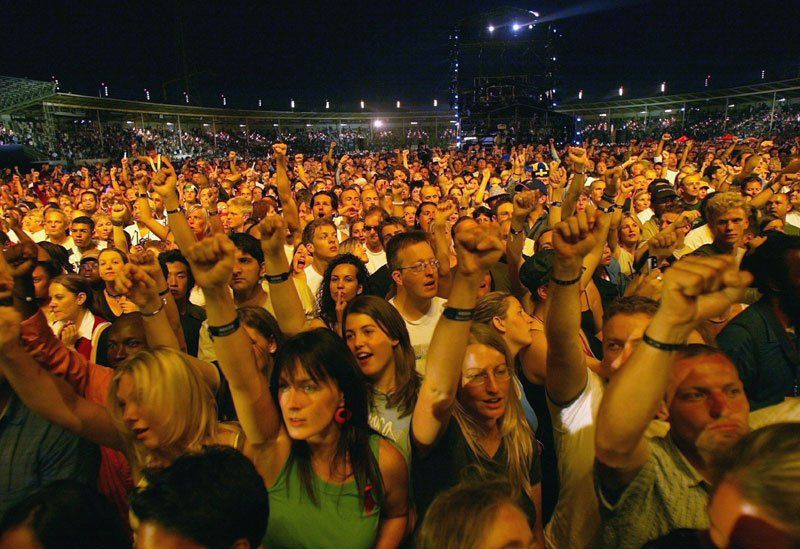
Slide title
The Crowd at Green Point Stadium in SA
Button
Slide title
Peter Gabriel performs "Biko"
Button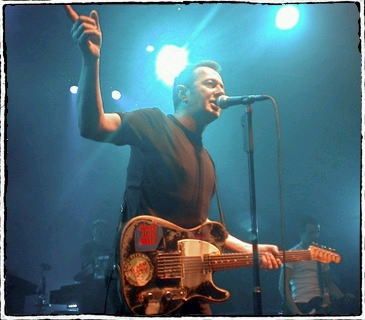
Slide title
Joe Strummer's last song
Button

Slide title
Peter Gabriel welcomes Yusuf Islam (aka Cat Stevens) to the stage
Button
Slide title
The Crowd at Green Point Stadium in SA
Button
Slide title
Peter Gabriel performs "Biko"
Button
Slide title
Joe Strummer's last song
Button

Slide title
Peter Gabriel welcomes Yusuf Islam (aka Cat Stevens) to the stage
Button
Slide title
The Crowd at Green Point Stadium in SA
Button
Slide title
Peter Gabriel performs "Biko"
Button
Slide title
Joe Strummer's last song
Button
46664 CONCERTS
46664 CONCERTS
46664 CONCERTS
SUPPORTERS
Nelson Mandela
ButtonBill Clinton
ButtonTony Blair
ButtonGordon Brown
ButtonKate Middleton
ButtonPaul McCartney
ButtonBeyoncé
ButtonAnnie Lenox
ButtonMorgan Freeman
ButtonJada Pinkett Smith
ButtonJennifer Lopez
ButtonPeter Gabriel
ButtonJoe Strummer
ButtonAmy Winehouse
ButtonRobert DeNiro
Button
David Clark Cause, Inc.

